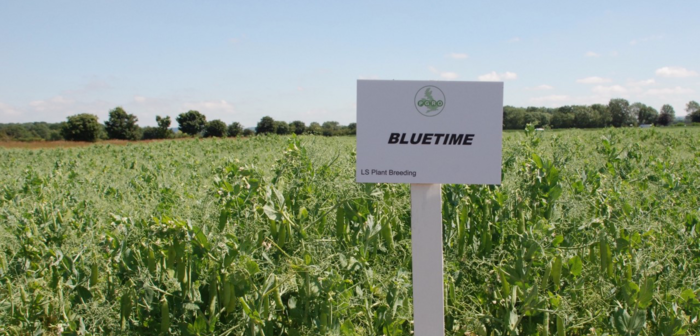For growers considering their spring cropping in the context of a difficult autumn followed by a wet spring, combining peas top the table of gross margins and are a top choice for the right grower on the right land.
Recently published figures put large blue peas with a gross margin of over 30% above spring linseed with a gross margin/ha of over £550 compared to £420.
Other contenders such as spring beans and spring oats, both with gross margins some 6% over linseed, and spring oilseed rape, spring wheat and spring malting barley all at around 16-18% gross margin over linseed, also have a place. But the 30% plus of large blue peas tops the list.
“Of course, there are many other factors to bring in – from a grower’s rotational plans to marketing opportunities in their location,” notes Theo Labuda, Managing Director of LS Plant Breeders Ltd (LSPB). “But these figures underscore the value to growers of combining peas. And they do not include the recognised extra benefits of peas – and all pulses – to the following crop.
“In addition, these figures are based on established and current varieties, whilst LSPB’s recent advances in yield and disease resistance have brought varieties to the latest PGRO Recommended List with substantially improved gross margin potential and agronomic characteristics.
“As just two examples, LSPB’s large blue pea variety Bluetime is the highest yielding fully-recommended variety in the list with a worthwhile 6% above control varieties. While our fully-recommended variety Blueman has a downy mildew resistance rating of 8, the highest on the RL,” he adds.




